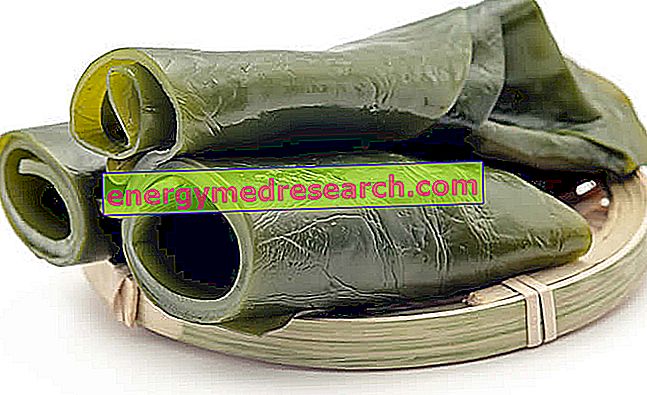Bearberry: Arctostaphylos uva-ursi, fam Ericacee. Shrubby perennial plant with creeping branches, small and fleshy dark green leaves, and small, white-pink and cluster flowers; forms a red berry with a pleasant taste, similar to blueberry. It grows well in northern and central Italy, mainly in the Alps and the Apennines.

Arbutin is a disinfectant active ingredient, which can be considered a prodrug, since it is inactive in the glycosylated form - it becomes active only after it has been metabolised to hydroquinone (in particular the glucosidic bond must be hydrolyzed). Since arbutin is eliminated from the body via the urine, it is precisely here that it performs its disinfectant action, and since the hydrolysis of the glycosidic bond takes place preferentially in an alkaline environment, it is advisable to ingest the bearberry drug with alkalizing substances, such as sodium bicarbonate. If the bearberry is taken with foods or acidic drinks, such as carbonated ones, the hydrolysis of the glucosidic bond takes place in a reduced manner, and the disinfectant efficacy of the bearberry drug will also be reduced.



